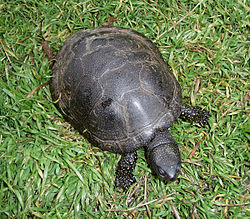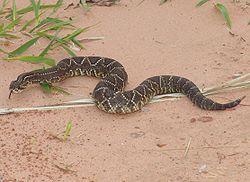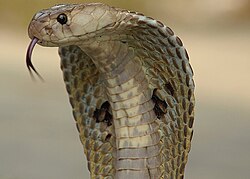In the 10th edition of Systema Naturae, Carl Linnaeus described the Amphibia as: [1]
Animals that are distinguished by a body cold and generally naked; stern and expressive countenance; harsh voice; mostly lurid color; filthy odor; a few are furnished with a horrid poison; all have cartilaginous bones, slow circulation, exquisite sight and hearing, large pulmonary vessels, lobate liver, oblong thick stomach, and cystic, hepatic, and pancreatic ducts: they are deficient in diaphragm, do not transpire (sweat), can live a long time without food, are tenatious of life, and have the power of reproducing parts which have been destroyed or lost; some undergo a metamorphosis; some cast (shed) their skin; some appear to live promiscuously on land or in the water, and some are torpid during the winter.
Linnaean characteristics [1]
- Heart: 1 auricle, 1 ventricle. Cold, dark red blood
- Lungs: breathes uncertainly
- Jaw: incumbent
- Penis: (frequently) double
- Eggs: (usually) membranaceous
- Organs of Sense: tongue, nostrils, eyes, ears
- Covering: a naked skin
- Supports: various, in some none. Creeps in warm places and hisses
Linnaeus often regarded reptiles within the amphibian class because living in Sweden, he often noticed that the local reptiles (examples include the common adder and grass snake) would hunt and be active in the water.
In the 10th edition of Systema Naturae, Linnaeus included several species of fishes (that do not belong the superclass Osteichthyes) into the amphibian class. It was not until later on that he would merge them into the Fish class and give them their own new order "Chondropterygious", defining them as species with cartilaginous gills.
Linnaeus divided the amphibians based upon the limb structures and the way they breathed. [2]
This page is based on this
Wikipedia article Text is available under the
CC BY-SA 4.0 license; additional terms may apply.
Images, videos and audio are available under their respective licenses.

















